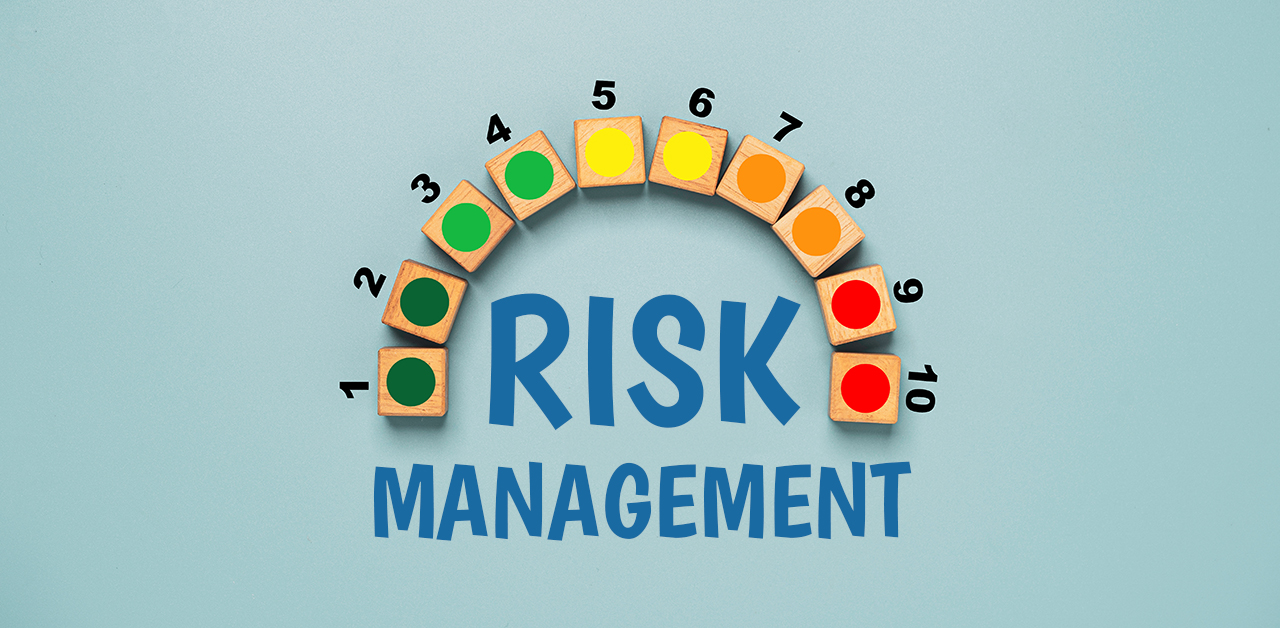
Energy is one of the most valuable and scarce resources available to the world, a significant portion of which is now being consumed to power up computers and computing infrastructure. Basically, a high-performance parallel and distributed computing system, including data centers, supercomputers, clusters, real-time systems and grids not only consume considerable amounts of power but also require air-conditioning to keep the systems cool. Here we present some notable areas of research in Green Computing:

Bigger Data Centers can be made much more energy-efficient than smaller data centers. Standards are emerging for measuring this, such as the concept of Power Usage Effectiveness (PUE). PUE is defined as the ratio of total facility power divided by IT equipment power. Thus, it is a measure of how much of the power being consumed by the facility is actually being used to power the IT equipment itself rather than all the other things. Therefore it will be quite a challenge to make the bigger data centers power efficient.

Data Center cooling is a major issue as far as power consumption is concerned. Data Centers are the backbone of any computing organization and must be reliable and available at every point in time. Measuring the data center effectiveness and maintaining the baseline is an issue. Wireless sensors could play a big role for managing data center power management.
Technology is not a passive observer, but it is an active contributor in achieving the goals of efficient Data Centers and Green Computing. Equipment recycling, virtualization, cloud computing, power management and green manufacturing are just some of the initiatives to achieve these goals.


